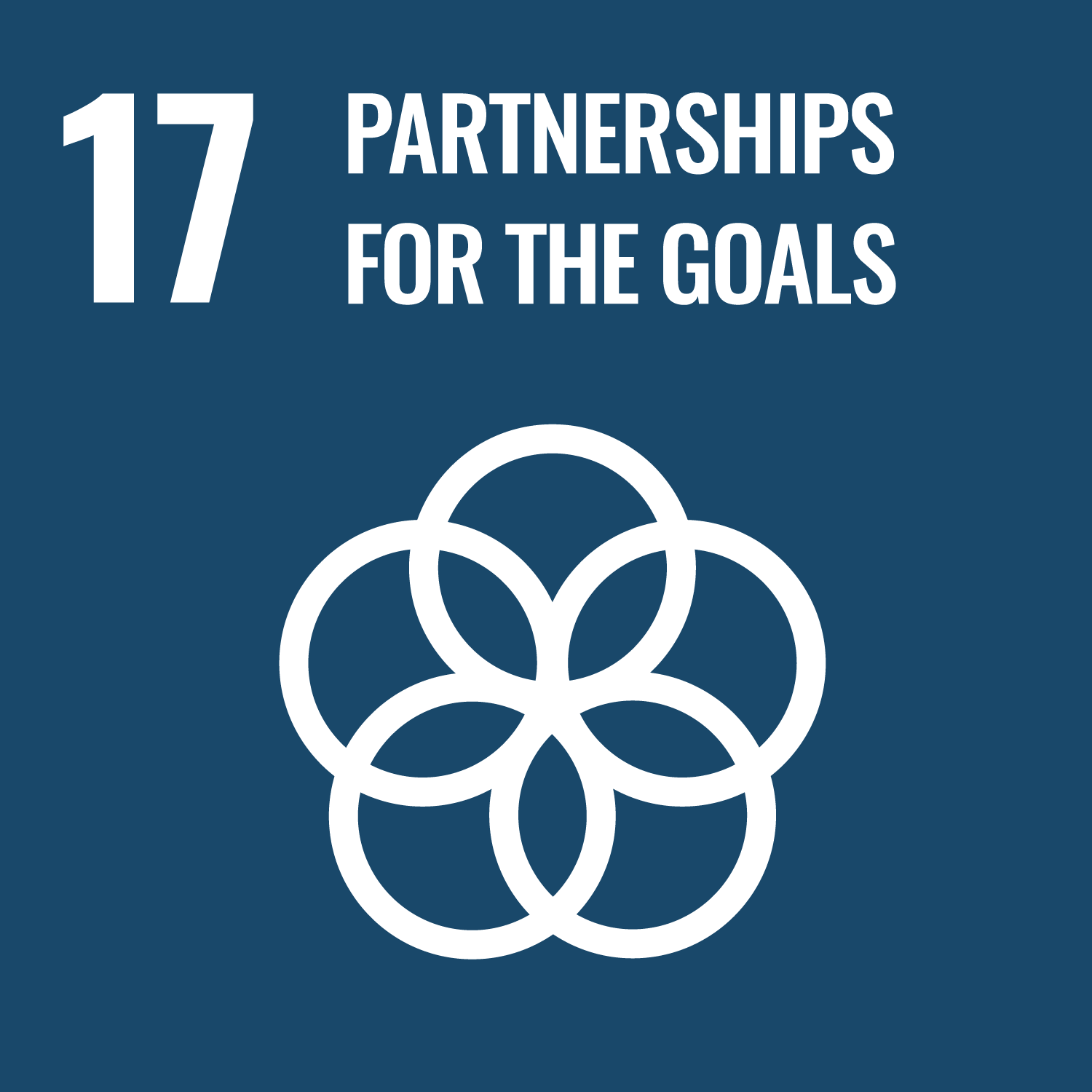Addressing the Transboundary Dimensions of the 2030 Agenda through Regional Economic Cooperation and Integration in Asia and the Pacific
Promoting co-deployment of ICT and transport infrastructure corridors in Central Asia region
Challenges
With increasing worldwide digitalisation, the need for access to high-speed, reliable, and affordable Internet in Least Developed Countries (LDCs) and Landlocked Developing Countries (LLDCs) is critical. One of the major challenges is the lack of adequate physical infrastructure, including electricity, transport and ICTs. Furthermore, costs of laying fibre-optic cables are not always economically viable for telecom operators. LDCs and LLDCs, especially those with sparsely populated expanses of land, face consistent connectivity challenges within and beyond their borders, thus hampering the achievement of the SDGs. The fixed broadband penetration rate in Afghanistan is less than 1 per cent, in Bangladesh it was around 20 per cent in 2020, while in Kazakhstan it was 78.9 per cent, illustrating unequal levels of ICT infrastructural development. Moreover, transport corridors across LDCs and LLDCs are lengthy1 and it is difficult and costly to construct shorter routes, especially due to high altitude terrains. Connectivity challenges and the widening digital gap in these countries also limit development opportunities in cultivating cross-border and intercultural ties.
Towards a Solution
Supported by the United Nations Economic and Social Commission for Asia and the Pacific (ESCAP), the initiative "Addressing the transboundary dimensions of the 2030 Agenda through Regional Economic Cooperation and Integration (RECI) in Asia and the Pacific" aims to contribute to IPoA Priority Area 1 (Productive capacity). The focus is on promoting public-private partnerships for the development and maintenance of transport and modern ICT connectivity infrastructure, and on increasing access to telecommunication services. Regarding the SDGs, the proposed solution addresses the development of infrastructure and increased access to ICTs (SDG 9), the strengthening of resilience and adaptation, together with promoting mechanisms for increasing capacity to combat climate-related hazards and natural disasters (SDG 13), and enhancement of regional and international cooperation, to support national plans to implement the sustainable development goals (SDG 17).
The approach and methodology used to optimise the economic costs and resource allocation for building ICT infrastructure is co-deployment. It is defined as the concomitant deployment of ducts and/or fibre-optic cables during the construction of infrastructure, such as new roads, highways, railways, and power transmission lines. Co-deployment and sharing of infrastructure have numerous economic benefits and enable the efficient use of limited resources. There are 62 land borders between UN ESCAP Member-States in Asia and the Pacific with a total length of more than 75,000 km where more than 100 Integrated Infrastructure Corridors, including in LDCs and LLDCs, exist or can be developed.
Considering these benefits, some ESCAP member States, from the LDCs and LLDCs such as Afghanistan, Bangladesh, Bhutan and Kazakhstan, Kyrgyzstan, and Mongolia, actively participated in the implementation of ICT infrastructure co-deployment. For example, in Bhutan (both an LDC and LLDC), there were significant cost savings on the installation of fibre-optic cables over transmission power lines, since minimal civil works were required, and the rights of way were already granted. Furthermore, the time required to begin network operations was significantly reduced and the damage to the natural environment was minimal. In Bangladesh (an LDC), special guidelines for infrastructure sharing were developed by the Bangladesh Telecommunication Regulatory Commission.
The experience in Bangladesh and Bhutan were then shared and promoted through a series of capacity-building workshops and South-South exchanges with key stakeholders from Mongolia, Kyrgyzstan, and Kazakhstan (LLDCs) as pilot countries. Other countries from the United Nations Special Programme for the Economies of Central Asia (SPECA), like Afghanistan (LDC/LLDC), would leverage from these toolkits, outputs, and best practices. The outcomes could be justified and incorporated within their respective co-deployment strategies, in order to seize more opportunities for sustainable projects in the future.
In 2021, ESCAP launched a new Web Toolkit that targeted the Integrated Planning of Infrastructure Corridors. The toolkit consists of two innovative products designed to provide potential solutions: the Infrastructure Corridors Simulator and the Partnership Portal on Co-deployment?of ICT infrastructure with road-transport and energy infrastructure. First, the simulation tool determines the most appropriate model for the development of new Integrated Infrastructure Corridors and it draws from knowledge products, which include in-depth research and methodologies for identifying and developing promising infrastructure corridors. It also includes the software for implementation of the model. Second, the Partnership Portal?supports ICT infrastructure co-deployment with road transport and energy infrastructure. It provides developers and owners of ICT, roads, railways, and energy infrastructure and other stakeholders with an opportunity to explore the knowledge base on co-deployment of infrastructure and create partnerships and cooperation networks.
Both parts of the Web-Toolkit are actively supported via a network of international and national experts and through a series of training and constant updates that make the solution sustainable in the long term. Currently, this solution has been tested to calculate three infrastructure corridors that connect Almaty (Kazakhstan) with Cholpon-Ata (Kyrgyzstan), Semey (Kazakhstan) with Rubtsovsk (Russia), and Urzhar (Kazakhstan) with Chuguchak (China). However, the solution is easily replicable and can be adapted for LDCs and LLDCs and other countries in the world, using the parametric data inputs in the system.
Contact Information
Ms. Aida Karazhanova, Economic Affairs Officer, ICT and Development Section, IDD, ESCAP
Countries involved
Afghanistan, Bangladesh, Bhutan, Kazakhstan, Kyrgyzstan, Mongolia
Implementing Entities
ESCAP, Special Programme for the Economies of Central Asia (SPECA)
Project Status
Completed
Project Period
2018 - 2021
URL of the practice
https://drrgateway.net/Primary SDG
09 - Industry, Innovation and Infrastructure
Secondary SDGs
09 - Industry, Innovation and Infrastructure, 13 - Climate Action, 17 - Partnerships for the Goals
Primary SDG Targets
9.1 9.a 9.b 9.cSimilar Solutions








